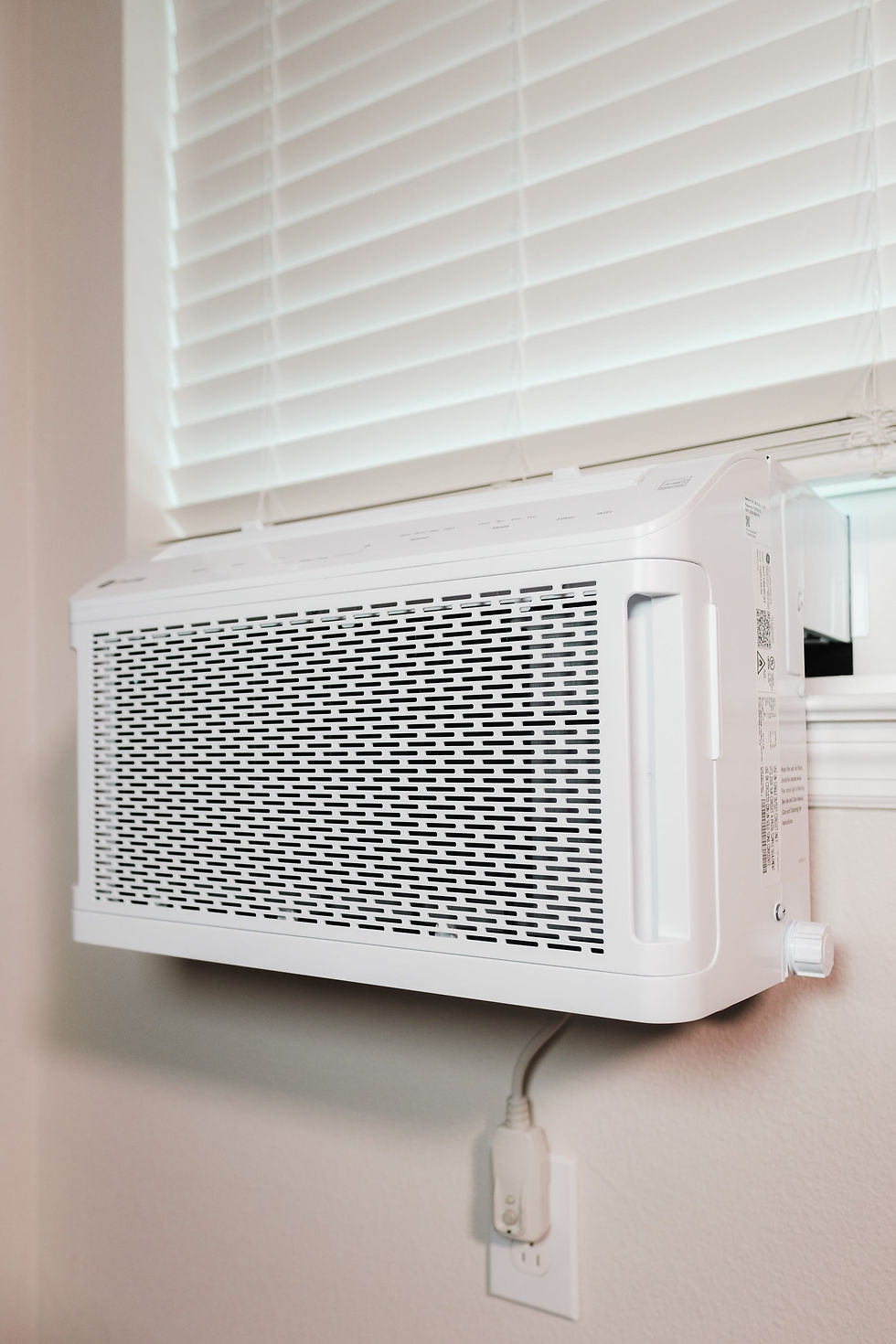DIY AC Maintenance: Simple Steps to Keep Your Air Conditioning System in Top Condition
- Elevated Magazines
- Nov 7, 2023
- 4 min read

The summer heat is upon us, and for many of us, that means higher electricity bills as we crank up the air conditioning to stay cool. But with a few simple steps, you can take control of your energy costs this season and maintain your air conditioning system without spending extra money on specialized tools or services.
Whether changing out parts in your AC unit, keeping the filters clean, or regularly checking the ducts and vents for health hazards like mold growth — these DIY maintenance tips will help ensure your family stays comfortable all summer long while helping keep more cash in your pocket.
Identify The Type of AC System You Have
As a homeowner, it is essential to be familiar with the type of AC system that you have. This knowledge can come in handy when it comes to maintenance and repair, as well as when determining whether or not your system is efficient enough to meet your cooling needs. The most common types of AC systems include central air conditioning, ductless mini-split systems, window air conditioners, and portable air conditioners.
Central air conditioning is the most popular type and can provide efficient cooling throughout the home. Ductless mini-split systems are ideal for homes without ductwork and allow for independent temperature control in individual rooms. Window and portable air conditioners are better suited for smaller spaces and require minimal installation efforts. Understanding your AC system type can save you time and money in the long run.
Change Air Filters Regularly
One of the most straightforward yet crucial steps to maintain your air conditioning system is to change the air filters regularly. By doing so, you can prevent the accumulation of dust, debris, and allergens, ensuring clean and healthy air circulation throughout your home. Clogged and dirty filters not only restrict airflow but also compromise the efficiency of your AC unit. It causes it to work harder, consuming more energy and producing higher electricity bills.
Additionally, the strain on your system can result in potential issues that may require costly repairs or even replacements. To ensure optimal performance and longevity of your AC system, it is recommended to check and change the filters every 30-60 days, considering your usage and the type of filter you use.
By prioritizing regular filter maintenance, you can enjoy improved air quality, energy savings, and peace of mind, knowing that your AC system is operating at its best. If you do end up struggling, HVAC companies in Arizona can help with the more technical aspects of maintenance.
Clean Condenser Coils and Evaporator Coils Regularly
The condenser and evaporator coils are two essential components of your AC system that require regular cleaning to ensure optimal performance. The condenser coil, located outside, is responsible for releasing heat from the refrigerant into the outdoor air. Over time, it can become clogged with dirt, debris, and vegetation, hindering its ability to remove heat efficiently. It can cause your AC unit to work harder and use more energy, leading to higher electricity bills and potential damage to the compressor.
Similarly, the evaporator coil, located inside, is responsible for absorbing heat from the indoor air to cool it down. It can also accumulate dirt and debris over time, affecting its efficiency and possibly causing freezing of the coils. To prevent these issues, it is recommended to clean both coils at least once a year, preferably in the spring, before heavy use of your AC system. You can use a soft brush and mild detergent to gently remove any buildup on the coils or seek professional help for a more thorough cleaning.
Check Refrigerant Levels and Add, if Necessary
Refrigerant is a vital component of your air conditioning system, responsible for absorbing and releasing heat to cool the indoor air. However, it can leak or become low over time due to natural wear and tear. Low refrigerant levels can cause your AC unit to work harder and less efficiently, leading to higher energy bills. It can also strain other components of your system and potentially cause damage.
To ensure your AC system is running at optimal levels, it is essential to check the refrigerant levels and add more, if necessary, regularly. This task requires specialized tools and knowledge, so seeking professional help from a licensed HVAC technician is recommended.
Check the Fan Motor for Proper Lubrication
The fan motor in your AC unit is responsible for circulating cool air throughout your home. Over time, the bearings in the engine can become dry and require lubrication to function correctly. If left unattended, this can cause strain on the motor and lead to costly repairs or replacements.
To avoid such issues, it is recommended to regularly check the fan motor for proper lubrication and add oil if necessary. Refer to your owner's manual for specific instructions on lubricating the fan motor, or seek professional help if you need clarification.
Inspect and Clean The Condensate Drain Line
The condensate drain line is responsible for removing excess moisture from your AC unit. Over time, it can become clogged with dirt, debris, and algae buildup, leading to potential water damage or mold growth. To prevent these issues, inspecting and cleaning the condensate drain line regularly is essential.
You can use bleach and water to flush out any buildup or seek professional help for a more thorough cleaning. Installing a safety switch on the drain line is also recommended, which can automatically shut off your AC unit in case of clogs and prevent potential damage.